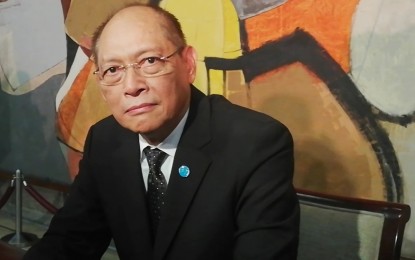
BSP Governor Benjamin Diokno
MANILA – Structural reforms and sound economic management provide the Philippines the buffer to address coronavirus disease 2019 (Covid-19) response requirements and lessen the need to tap the International Monetary Fund’s (IMF) short-term liquidity line (SLL).
This was stressed by Bangko Sentral ng Pilipinas (BSP) Governor Benjamin Diokno, who said the “BSP sees no apparent and immediate need to avail of IMF’s short-term liquidity line (SLL).”
“As I said before, structural reforms and sound economic management have helped the Philippines enter the Covid-19 crisis from a position of strength,” he told journalists in a Viber message Tuesday.
SLL is a new loan facility of the multilateral lender, and is part of its Covid-19 measures to help members address the impact of the global pandemic.
It is open for countries with “very strong” policy framework and fundamentals that need liquidity boost to address short-term balance of payment (BOP) issues.
Diokno said the country does not need this now because its BOP amounts to USD7.84 billion as of end-2019, the highest in the last seven years.
He said this level is “two times higher than the USD3.7-billion surplus projected for this year.”
Diokno also cited as a plus for the country the stability of the local currency, which is now trading at PHP50 to a US dollar level.
As of last May 15, he said “the peso has outperformed most of its peers in the region which is least depreciated and second to the TWD (Taiwan dollar), which is the only currency that appreciated versus the US dollar.”
Another positive factor for the Philippines is its gross international reserves (GIR) that amounts to USD89 billion at the end of the first quarter this year.
Diokno said this amount is enough to cover 5.3 times the country’s short-term debt based on original maturity and 3.8 times based on residual maturity.
He said the country’s foreign reserves as of last March is enough to cover 7.9 months of imports of goods and services and payments of primary income, higher than the international standard of three months worth of cover.
“BSP projects that the GIR would be in the neighborhood of USD93 billion by the end of 2020,” he added.
Diokno said another positive factor for the country is the decline of the proportion of debt to total output, which is estimated to be below 40 percent as of last year from over 50 percent in the past. (PNA)
